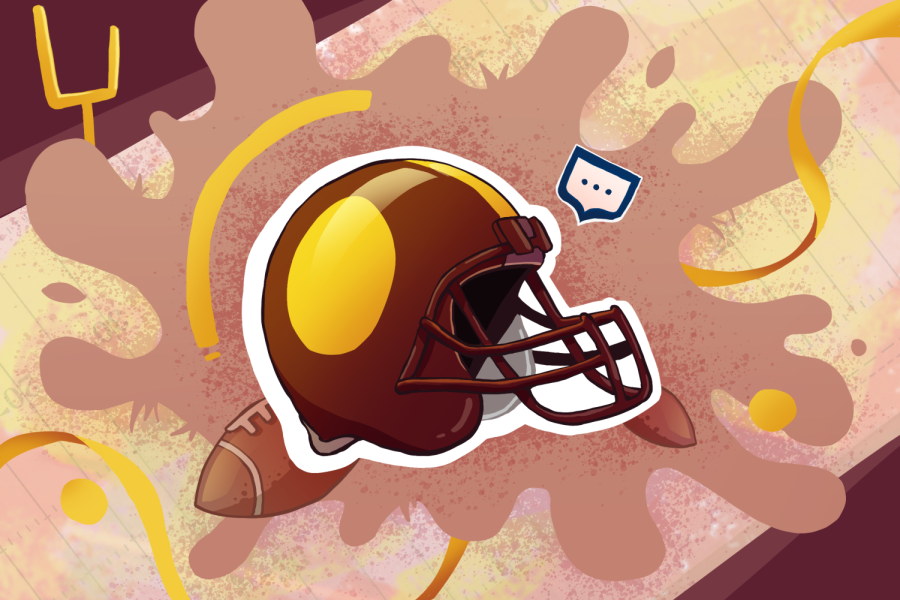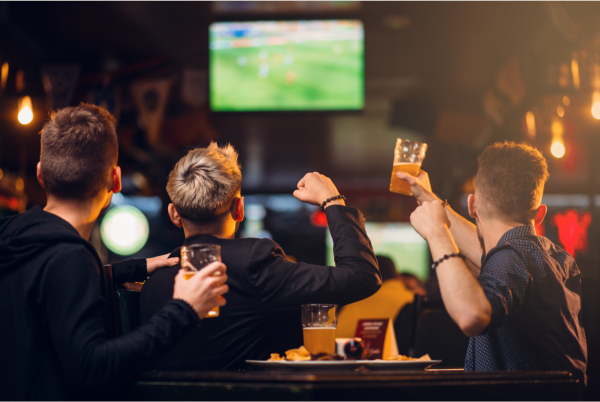Country music is a boys’ club, and that needs to change
October 15, 2018
Country music.
When most people read those words, they think of a dirt road, a cowboy hat, a big ol’ truck and a bottle of booze. But when you picture country music, do you associate it with any particular gender? A lot of music producers and radio DJs do. In fact, female country music artists face more difficulty breaking into and staying in the industry than their male counterparts.
The nominees for the Country Music Association Awards, country music’s biggest honors, were announced Aug. 28, and gender representation was far from equal. For the second year in a row, all five Entertainer of the Year nominees were men and only one of the five Album of the Year nominees was an album written by a woman (Golden Hour by Kacey Musgraves).
Women in the country music industry rarely get enough radio time. In 2017, the Tennessean found that only 10.7 percent of songs on country music stations were by female artists. Fans of female artists like Musgraves have taken to Twitter to complain about never hearing her on the radio, to which Musgraves replied that it’s because she’s female.
The industry’s main argument against putting women on the radio is that they’re not as popular. But how can you get nominated for an award or gain popularity when no one hears your music? The industry’s circular logic maintains the same sexist nature of the country music industry just as WNBA games on TV—which I wrote about last year—does in professional basketball. People can’t become fans of female country musicians without a chance to hear their songs on the radio—especially when other streaming services aren’t amplifying women’s voices either.
I’m a pretty regular Spotify user, and I often admire its ability to make me daily mixes of artists I enjoy. But as I scrolled through my Daily Mixes this summer, I realized there were zero songs by women in five out of six of them, including the country genre one.
So I set out to change my habits, and hopefully Spotify’s while I was at it. I made a playlist of only female artists, asked my dad for some recommendations of good female country musicians, and set out to only listen to women for three weeks.
It was really enjoyable for me; not only did I hear some new voices I hadn’t known before, like Lori McKenna and Neko Case, but I gained newfound and deeper appreciation for more prominent artists like Kacey Musgraves, Margo Price, and Amanda Shires (I swear I listened to her new album To the Sunset at least ten times a week). I felt more connected to the female subcommunity of country and Americana music.
When I ended my boycott of male music, I looked at my Daily Mixes. At first, I was confused. Did Spotify glitch? How could I have spent three weeks listening to amazing female country artists and still have an entire all-male playlist curated for me?
Then I saw the difference: Spotify was adding one song by Amanda Shires to the playlist every day. One song by a female artist out of countless others. That was it. Since the mixes change daily, I thought it would add more songs as time went on, but instead, it limited my mixes to one song by Amanda Shires in each mix. A few days later, I looked through Spotify’s public playlists for country music. They were 100 percent male, except for the “Females of Country Music” playlist. I felt so frustrated, and I can’t even imagine what the artists trying to break into the country music scene themselves must feel like on a daily basis.
The only way to give these musicians the recognition they deserve is to ensure that they get equal radio play and equal chances to show their talent in concerts. Country music has always been a boys’ club, but the amazingly talented women of this industry have showed me that women are more than capable of making music that’s as good as or better than their male counterparts. It’s time other people start hearing that too.










